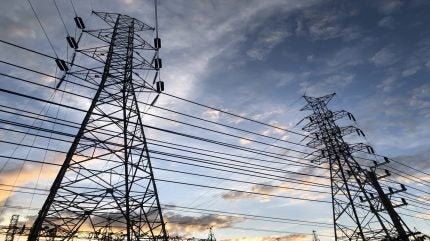
The Humelink transmission project has received approval from the Minns Labor Government of New South Wales (NSW), Australia.
This A$4.8bn ($3.12bn) project will now proceed to the national Commonwealth Government for final approval.
The Humelink project aims to establish a 365km renewable energy infrastructure spine across southern NSW.
It is anticipated to deliver clean, affordable energy to homes and businesses while also generating 1,600 construction jobs and contributing A$6.3bn in direct and indirect investment to the regional economy.
Following Commonwealth Government approval, construction is expected to begin later this year and be completed by 2027.
Humelink will unlock the Snowy Hydro Scheme expansion project, Snowy 2.0, adding 2,200MW of on-demand energy, once it is connected to the grid.

US Tariffs are shifting - will you react or anticipate?
Don’t let policy changes catch you off guard. Stay proactive with real-time data and expert analysis.
By GlobalDataThis potential infrastructure is crucial to NSW Labor’s Energy Plan, which focuses on delivering clean energy and boosting regional economies.
The state’s Department of Planning, Housing and Infrastructure, alongside relevant agencies, thoroughly assessed the proposal.
The conditions of approval include visual impact mitigation, biodiversity management, transport upgrades, and noise control.
NSW Minister for Planning and Public Spaces Paul Scully said: “This Critical State Significant Infrastructure project will enable more renewable energy generation to enter the market supporting NSW’s emissions reduction targets.
“HumeLink is an important investment in NSW’s energy capability, increasing the amount of renewable energy that can be delivered to consumers and helping the state move towards a net-zero future.
“Together we’re building an energy system which will help keep the lights on, put downward pressure on energy bills and reduce emissions while creating jobs.”



